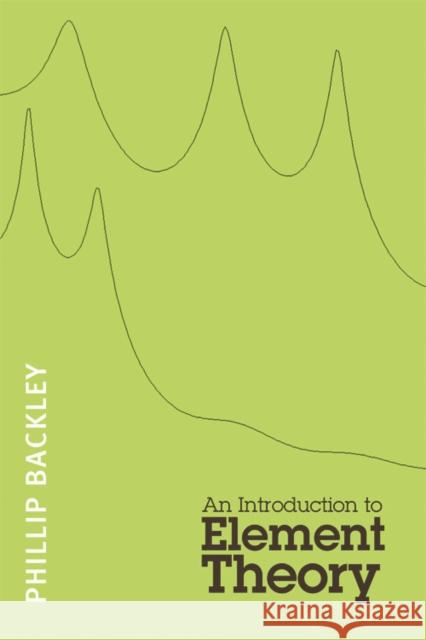An Introduction to Element Theory » książka
An Introduction to Element Theory
ISBN-13: 9780748637430 / Angielski / Miękka / 2011 / 224 str.
An Introduction to Element Theory
ISBN-13: 9780748637430 / Angielski / Miękka / 2011 / 224 str.
(netto: 154,88 VAT: 5%)
Najniższa cena z 30 dni: 135,95
ok. 30 dni roboczych
Dostawa w 2026 r.
Darmowa dostawa!
A fresh alternative for describing segmental structure in phonology. This book invites students of linguistics to challenge and reassess their existing assumptions about the form of phonological representations and the place of phonology in generative grammar. It does this by offering a comprehensive introduction to Element Theory.Traditional features are capable of describing segments and segmental patterns, but they are often unable to explain why those patterns are the way they are. By using elements to represent segmental structure, we begin to understand why languages show such a strong preference for certain kinds of segments, contrasts, phonological processes and sound changes.Using examples from a wide range of languages, this book demonstrates the process of analysing phonological data using elements, and gives readers the opportunity to compare element-based and feature-based accounts of the same phonological patterns. Backley also challenges traditional views through his innovative analysis of English weak vowels and diphthongs and his unified treatment of linking r and intrusive r as glide formation processes. Providing a thorough introduction to the main topics in segmental phonology, this is an excellent overview for both students with a background in standard phonology as well as for those who are new to the field.











